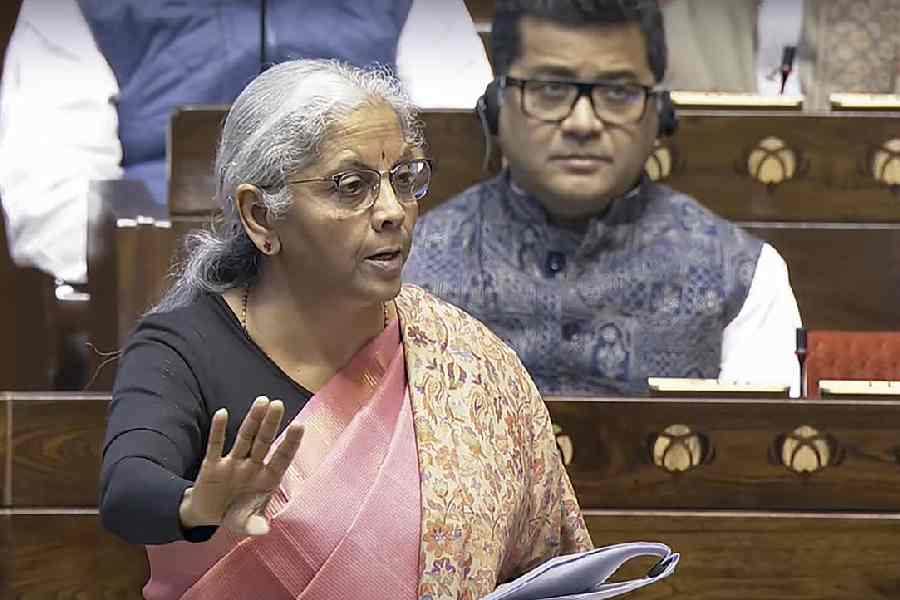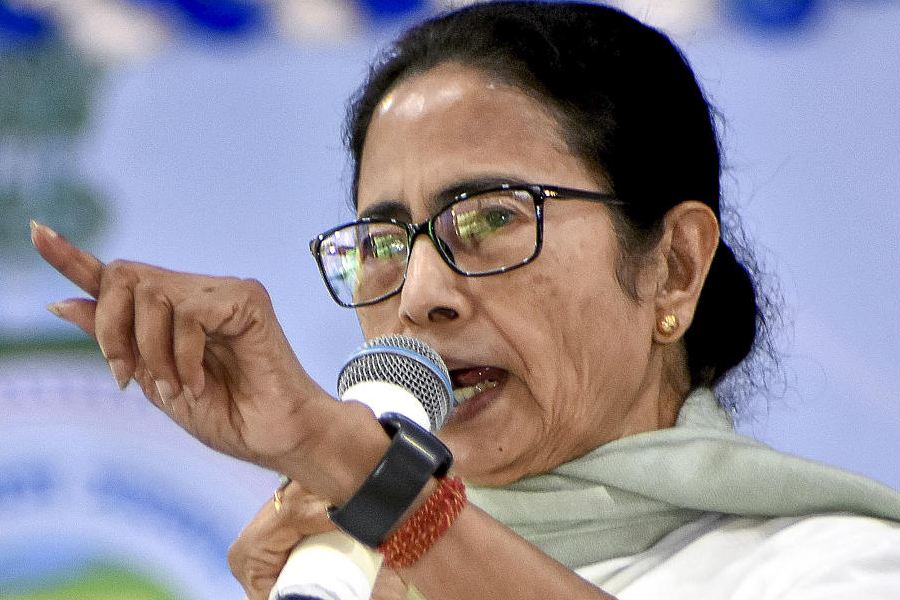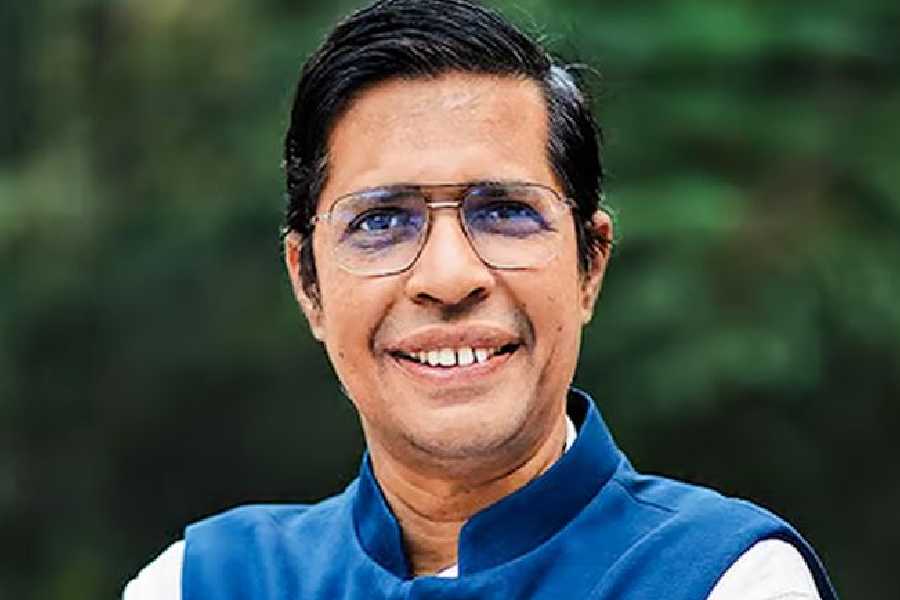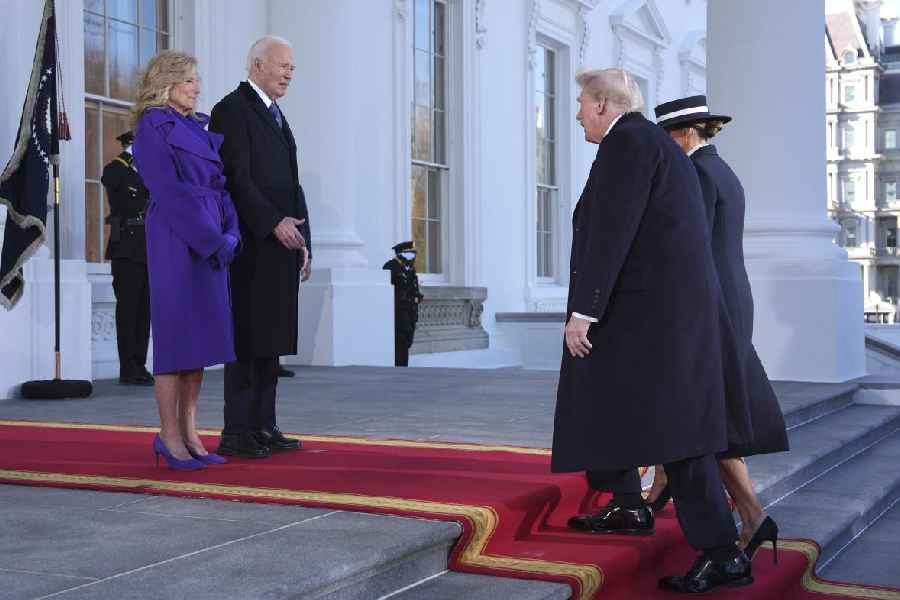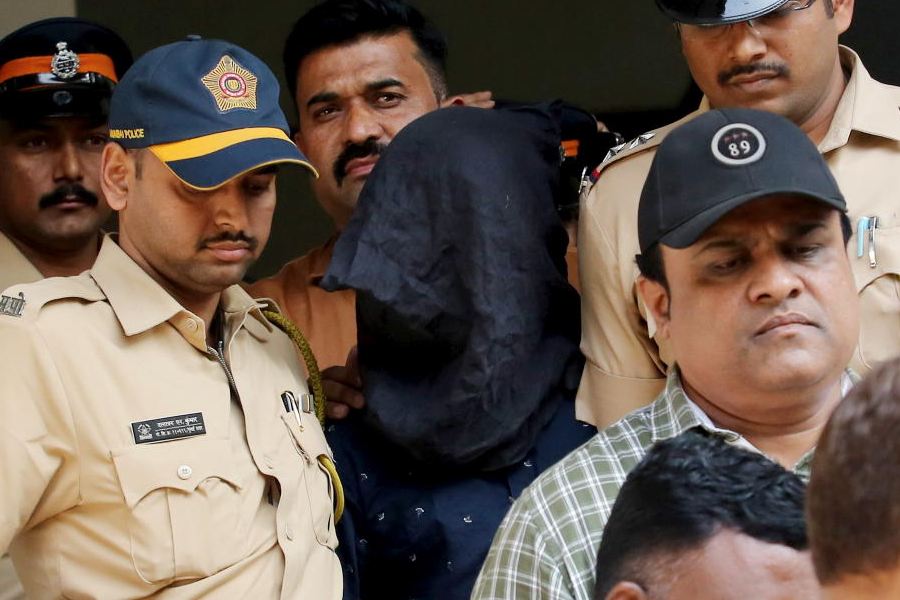Finance minister Nirmala Sitharaman is likely to unveil a bunch of tax reforms in the budget on February 1, offering a much needed breathing space to the middle class squeezed by inflation, rising interest rates and stagnant wages.
With GDP growth projected at 6.4 per cent — the slowest in four years — the government is banking on middle-class spending to revitalise the economy.
Among the measures reportedly under consideration are an increase in the standard deduction, introducing a 25 per cent tax slab and a phased transition away from the old tax regime.
Insiders say these steps aim to boost disposable incomes and revive urban consumption, a critical growth driver that has been flagged in recent quarters.
Private final consumption expenditure (PFCE), a bellwether for household spending, is projected to grow 7.3 per cent for the year — an improvement from the previous year’s 4 per cent.
However, the quarterly data tells a different story: PFCE growth slowed to 6 per cent in the second quarter, down from 7.4 per cent in the first, dragging overall economic momentum.
The strain is visible across sectors. Housing sales in 2024 fell 4 per cent across seven major cities, while car sales grew at a sluggish 5 per cent — the slowest pace in four years.
High inflation and borrowing costs have further eroded purchasing power, leaving middle-income families particularly vulnerable.
“The urban economy is reeling from high inflation and slowing credit growth,” said D.K. Joshi, chief economist at Crisil. “Consumer confidence has taken a hit, and retail credit growth, which is heavily tied to urban spending, has also cooled.”
Sources say Sitharaman will likely increase the standard deduction, currently pegged at ₹75,000 per annum, for salaried individuals and pensioners. Another proposal is to restructure tax slabs under the new regime to make it more appealing.
The key change being considered is expanding the 20 per cent tax bracket to cover incomes up to ₹20 lakh, up from the current ₹15 lakh, and introducing a 25 per cent slab for incomes between ₹20 lakh and ₹25 lakh. The top 30 per cent rate would remain for those earning above ₹25 lakh.
“Easing the tax burden on middle-income earners is essential to drive consumption — a critical engine for economic growth,” said a senior finance ministry official.
Industry bodies, including the Confederation of Indian Industry (CII) and Assocham, are urging the government to reduce personal income tax rates.
“A reduction in marginal tax rates for incomes up to ₹20 lakh could trigger a virtuous cycle of increased spending, higher growth and stronger tax revenues,” the CII noted in its pre-budget memorandum.
While the push for tax relief is strong, officials warn that any cuts must be carefully calibrated.
“Inflation has eaten into disposable incomes, so tax relief is a fair ask,” said Aditi Nayar, chief economist at Icra. “But it’s vital to avoid excessive revenue loss or shrinking the tax base.”
Nayar advocates modest adjustments, such as inflation-linked slab revisions, that provide relief without undermining tax compliance.
The budget may also chart a road map to phase out the old tax regime, which allows for deductions and exemptions, in favour of a simplified structure. The new regime offers lower rates, starting with a 5 per cent tax on incomes between ₹3 lakh and ₹7 lakh, and caps out at 30 per cent for incomes above ₹15 lakh.
In contrast, the old system exempts incomes up to ₹2.5 lakh but provides more opportunities for deductions.
“The focus on middle-class consumption is not just timely — it’s imperative,” said an industry analyst. “Tax reforms that put more money in people’s pockets will be key to jumpstarting the economy and sustaining growth.”

